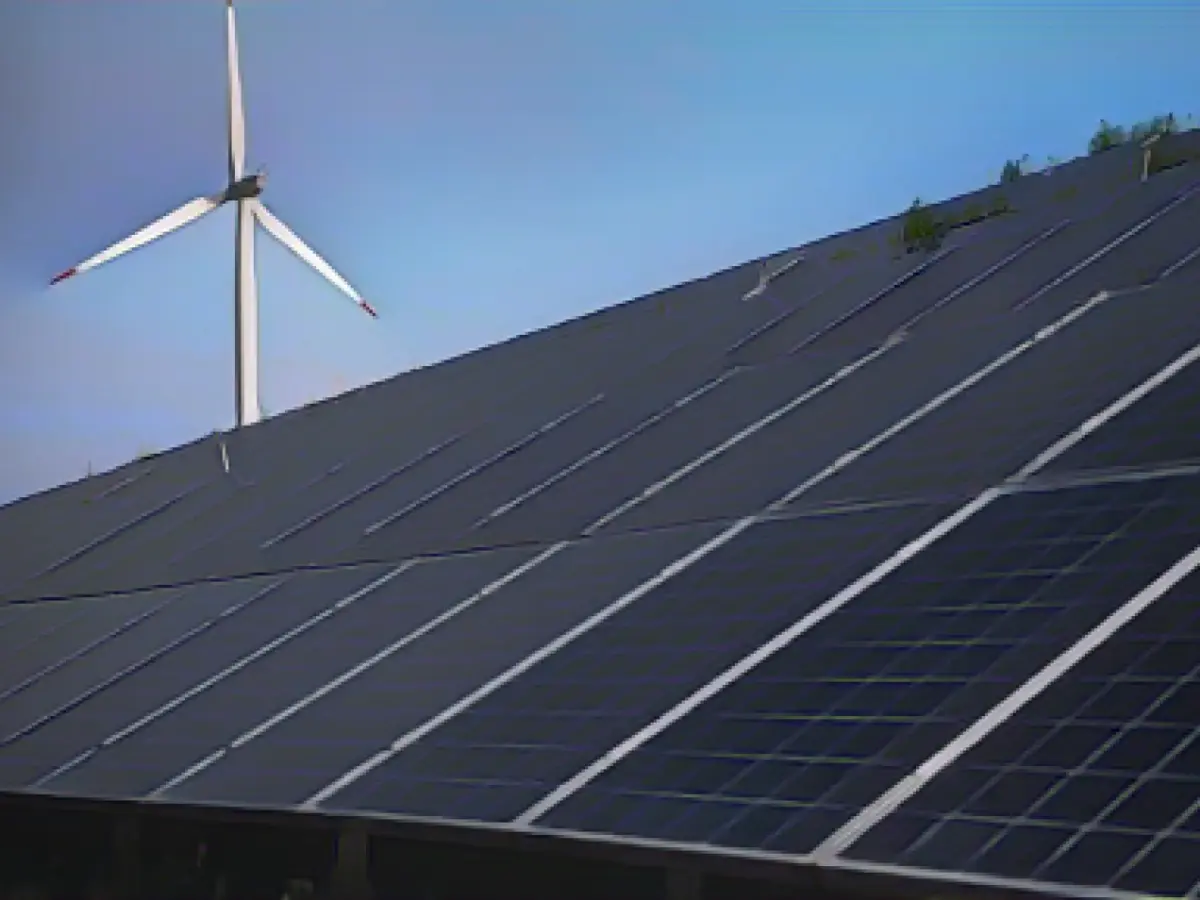LNG Import Losses for Germany: Modest LNG Utilization Rates
Germany's utilization of the newly built LNG infrastructure for liquefied natural gas imports has fallen short, with only 7% of total gas imports coming from LNG between December 2022 and the beginning of December 2023, according to the Federal Network Agency. Germany aimed at a 13.5 billion cubic meter import capacity, double the current amount, owing to concerns about securing energy supply after the gas shortage of the previous winter.
Whilst the German government exhibited optimism towards LNG's contribution to the country's energy security, Kerstin Andreae, the Chairman of the German Association of Energy and Water Industries, highlighted the LNG terminals' importance as a reliable energy supply foundation, although pipeline gas remains a cheaper option. Critics continue to debate the LNG infrastructure's potential for excessive fossil fuel capacity, castigating the expansion as uncalled for given the reduced gas import volumes from Russia.
LNG Spot Market Limitations
LNG terminals in Germany rely heavily on short-term spot market volumes, primarily from the US, which puts them at a disadvantage compared to land-based terminals which commonly enforce long-term contracts. This circumstance hampers the terminals' ability to secure a steady gas supply, ultimately contributing to low LNG utilization rates.
Environmental and Regulatory Hurdles
Overcome by environmental organizations' legal challenges and competitors' complaints about unjust market conditions, German LNG terminals grapple with operational efficiency issues. Meanwhile, the renewable energy sector's surge continues, further reducing the need for natural gas. Germany has now derived 54% of its power consumption from renewable sources, achieving new heights in environmental progress.
Trends Affecting LNG Demand
A decrease in gas demand by around 50% since 2021, coupled with high energy prices, has led to a decrease in gas consumption. Consumers now lean towards more economical energy sources, as natural gas struggles to remain competitive. In addition, large-scale European LNG imports decreased by 19% in 2024, as the use of renewable energy sources significantly increased.
Faced with these challenges, German LNG terminals are currently operating at utility rates below 40%, which indicates potential overinvestment in LNG infrastructure. Together, these factors help to explain the troublesome utilization rates of LNG infrastructure in Germany.








